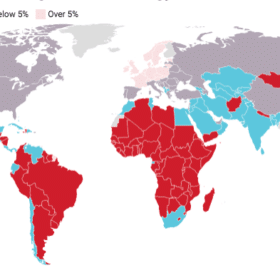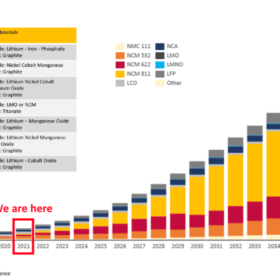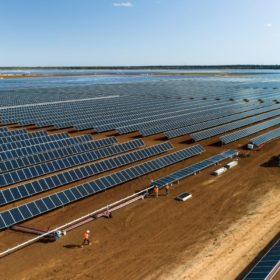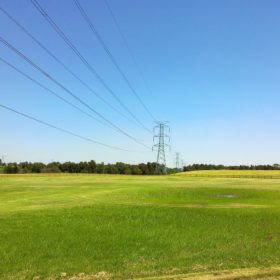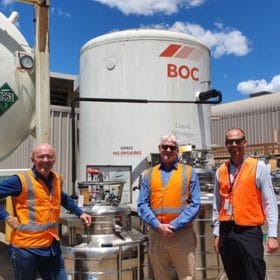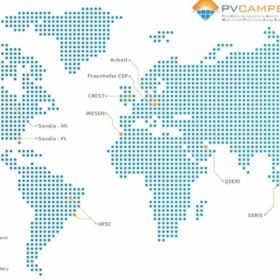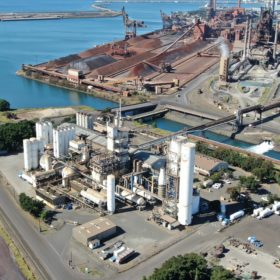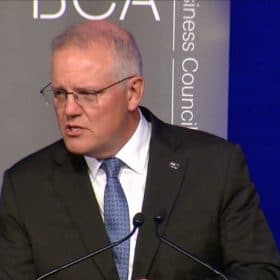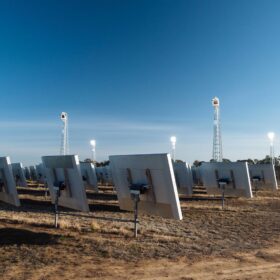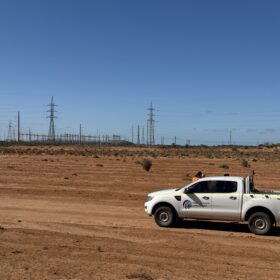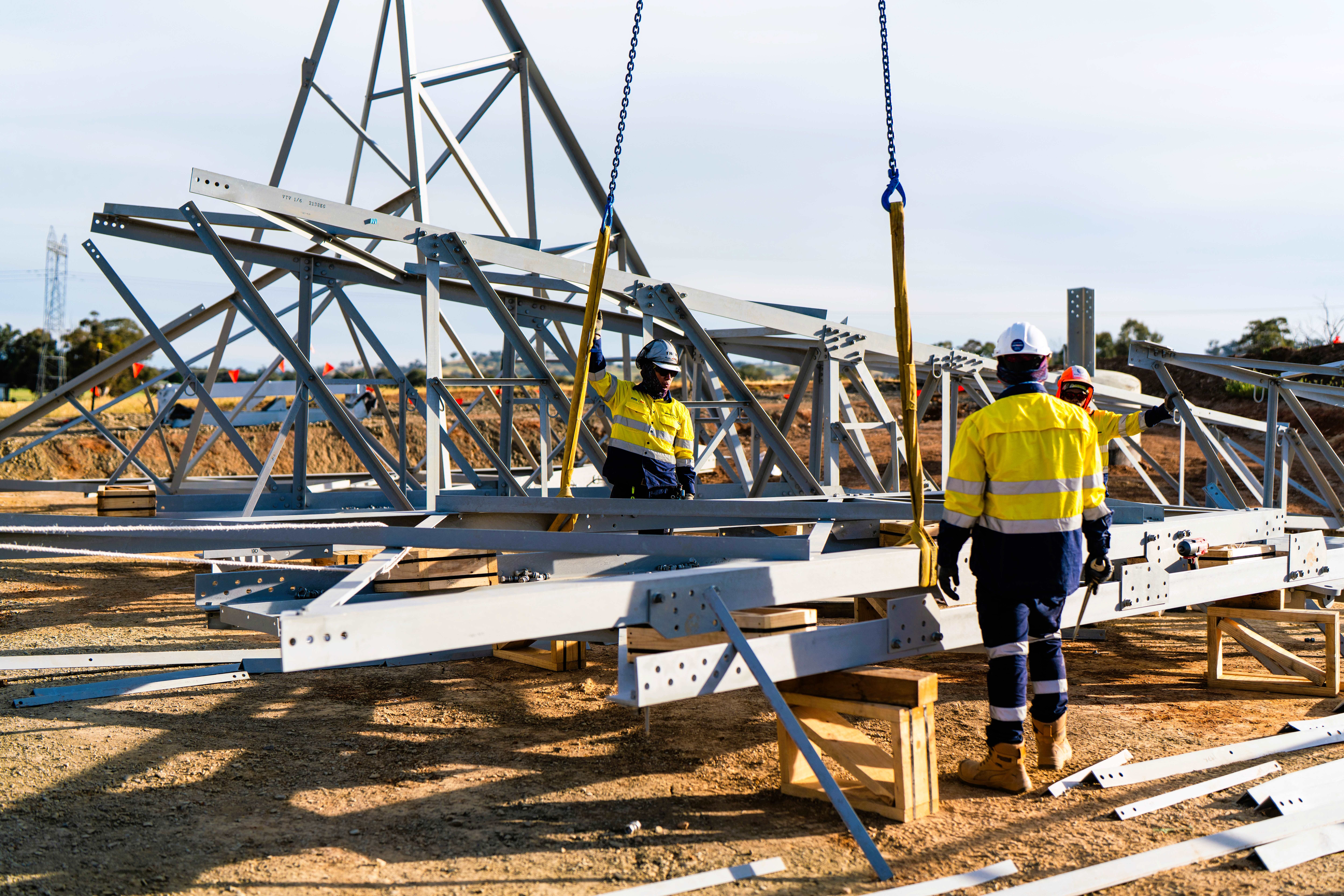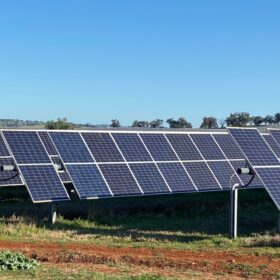Australia ‘in a league of its own’ with renewables potential, positioned to be ‘battery of the world,’ new report finds
Solar and wind could meet the global energy demand 100 times over, a new report from the Carbon Tracker Initiative has found. Australia, in particular, is uniquely positioned to capitalise on the transition as one of the few developed countries with vast renewable potential and a low population.
Renascor finalises $15m capital raise, on track to be world’s first battery-grade graphite producer outside of China
South Australian company Renascor Resources this morning confirmed it had raised $15 million from institutional investors in Australia and abroad, enough to fund its Siviour Battery Anode Material Project up to the construction phase. The project is on track to become the world’s first integrated mine and purified spherical graphite operation outside of China.
Solar discrimination sees electricity retailer fined $300,000
Powershop has been fined $300,000 after Victoria’s Essential Services Commission found the energy retailer was offering solar customers more expensive electricity plans than non-solar customers.
Coles signs two major agreements after becoming final supermarket to switch to 100% renewables
After recently joining the rest of Australia’s supermarket chains by pledging to be 100% powered by renewables by 2025, Coles today announced it had signed power purchasing agreements with both Engie and Neoen.
Big battery market gets a leg up as rule maker proposes rewards for fast grid responses
The Australian Energy Market Commission, the country’s rule maker for electricity and gas markets, has this morning released proposals to reward fast frequency services in the National Electricity Market for the first time.
Australian aerospace firm to launch into space race with green hydrogen
Queensland-based Hypersonix Launch Systems has announced a partnership with BOC and its Bulwer Island Renewable Hydrogen Production and Refuelling pilot project. The deal will see Hypersonix use green hydrogen produced by solar electrolysis as rocket fuel to launch re-useable satellites into lower earth orbit.
Global database for PV system performance
The database brings together photovoltaic performance data and meteorological values from PV systems located in all climate zones. It is being built by an international consortium including the Fraunhofer Centre for Silicon Photovoltaics CSP, and the Anhalt University of Applied Sciences.
Spotlight on Australian solar – what’s working, why, and where there’s room to grow
Company Solahart, which originated in Perth, has delivered a heartening snapshot of solar Australia. It found the country deploys renewable energy 10 times faster per capita than the global average, four times faster per capita than in Europe, China, Japan or the U.S.A. Solahart examined what motivates different demographics of Australians to install solar and which parts of the country are most suited to solar.
Federal government commits a further $275m to regional hydrogen hubs, devotes similar sum to controversial technology
Australia’s federal government has pledged a further $275.5 million to develop regional hydrogen hubs and $263.7 million for carbon capture and storage technology in a pre-budget announcement ahead of the climate summit on Thursday.
Morrison continues to deflect net zero 2050 commitments despite growing international pressure
At an inner-city dinner party for the Australian Business Council, Prime Minister Scott Morrison said “we will not achieve net zero in the cafes, dinner parties and wine bars of our inner cities”; and he was right, because at this particular inner-city dinner party he continued to shy away from net zero 2050 commitments.
